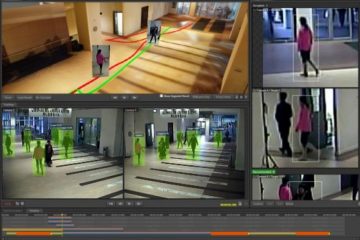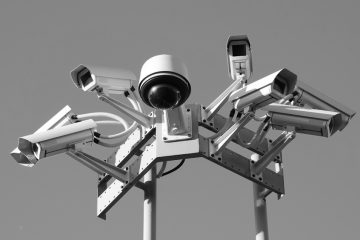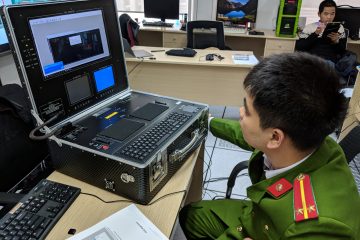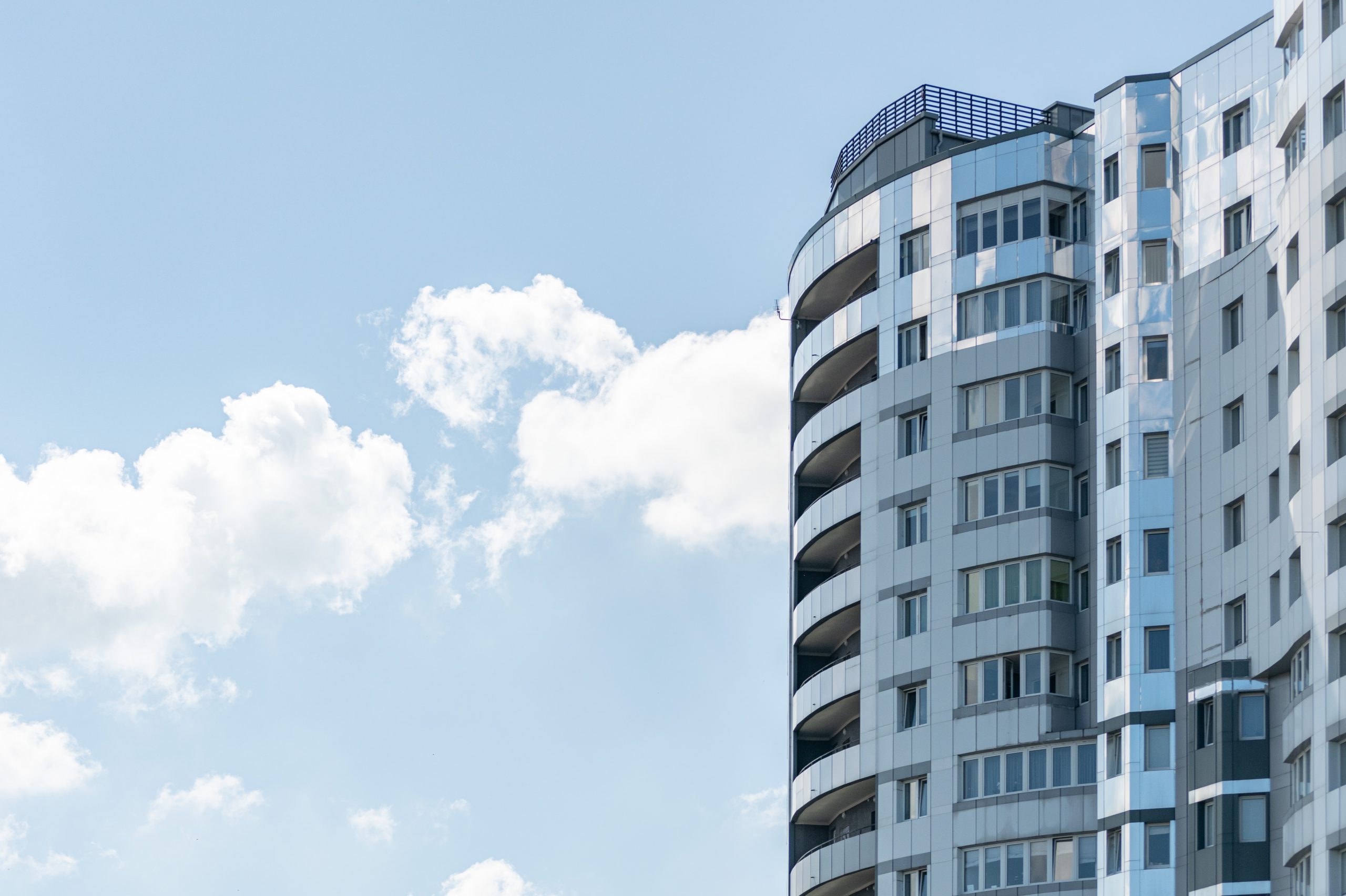Forensic Video Enhancement – How to Efficiently Improve Video Quality
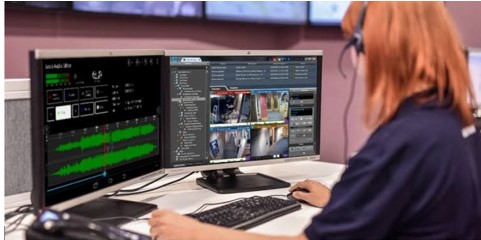
Cognitech is your dependable source for all of your demands for video enhanced and demonstrative evidence, including 911 audio and film from security, surveillance, and cell phone cameras.
When studying, assessing, and improving video evidence, video forensic experts will employ a wide range of procedures and methods. Receiving the evidence and maintaining the chain of custody—also known as the chain of evidence—are the first two steps.
The next step is to make a copy of the original video evidence in a format suitable for analysis and enhancement after uploading the original evidence to our servers. By doing this, we can both safeguard the original data and add a fresh version to our software for editing and clarity throughout analysis.
A video forensic expert will examine and analyze video evidence while looking for a variety of things, including:
● The video’s dimensions and resolution
● Evidence of the conversion or compression
● video (from original video format) (from original video format)
● Editing or adulteration evidence
● Determining the video frame rate, the codec, and other crucial information
● Metadata or Exif data analysis
The type of forensic video enhancement that may be helpful and feasible for the case will also be decided by forensic professionals.
The following variables may have an impact on how well improvements work:
● Equipment used to record videos
● Quality of a security camera or digital camera
● Camera or DVR settings at the time of the incident
● Resolution of the Image Recorded
● Quality of camera lenses
● Lighting circumstances
● The camera’s night vision capabilities
● Camera position
● Angle of the camera, distance from the action, and distance
● Video export, compression, etc.
Forensic specialists will start refining the video evidence after the client has been informed of the suggested improvements.

Video forensic professionals apply a variety of case-specific enhancing techniques while utilizing cutting-edge hardware and software. The methods could consist of:
● Increasing the size of or zooming in on specific areas of a video
● Wxamining shadows or reflections to identify motion
● Changing the speed or slowness of a video
● Measuring object speed, object height, and human movement
● Modifying the video’s color, contrast, or other aspects to make it easier to view what is going
● Removing distortion or artifacts from video
● Combining various camera perspectives of the same occurrence into a single viewable video
● Combining many camera angles to create a compelling sequence of events
● Adding a timer to distinguish between individual frames
● Tracking individuals, vehicles, or objects over time using various surveillance systems and cameras
● Displaying the interval between various events in a video
● Recognizing people who use firearms, weapons, or other frightening behaviors in videos
Once finished, all upgraded videos will be exported in a format that can be played on any device and given a new name that makes it clear that it is an improved version of the original video. The improved movie can be played on practically any model of computer, tablet, or smartphone in addition to its great quality and sound.

